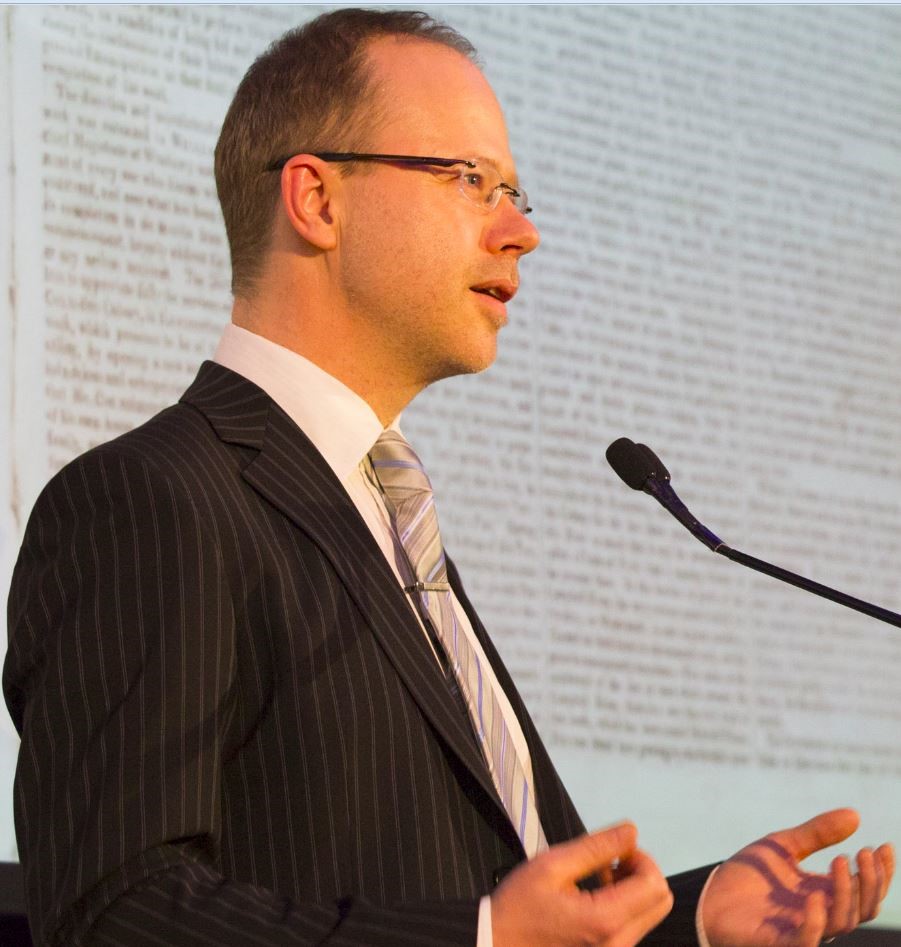The Archives
-
Biography, Cultural Studies, Life Writing
Border Crossings: Essays in Identity and Belonging
09.06.19 | Permalink | Comments Off on Border Crossings: Essays in Identity and BelongingThe border between intimate memory and historical revelation is explored in this wide-ranging collection, which features original contributions from leading figures in the life-writing field from Australia, Canada, Europe, the UK, and the USA.
https://www.routledge.com/Border-Crossings-Essays-in-Identity-and-Belonging-1st-Edition/Arthur-Kurvet-Kaosaar/p/book/9781138671096
-
Communication and Media Studies, Digital Scholarship, Literary Studies, Postcolonial Studies
Digital Postmodernism and Postcolonialism
05.01.18 | Permalink | Comments Off on Digital Postmodernism and PostcolonialismDigital interactivity has triggered a transformation whose impact is greater than that of any other innovation in the history of technologies of communication. According to a 2016 Ericsson Mobility Report, over 90% of the world’s population will be covered by mobile broadband networks by 2021. “The world has been redrawn,” claims the Internet critic Andrew Keen, “as a distributed network.” It is becoming evident that we too are being redrawn as human beings, as individuals, and as citizens. At the heart of the change from analogue and print to digital is the capacity for connectedness that information technology brings – connectedness of information in and between databases, between experts and the public, between communities across the world, and between the arts and the sciences.
-
Biography, Cultural Studies, Digital Scholarship, Historical Studies
New Digital Resource for Australian National Identity
11.12.12 | Permalink | Comments Off on New Digital Resource for Australian National IdentityThe online version of Volume 18 of the Australian Dictionary of Biography, which tells the life stories of hundreds of significant and celebrated Australians, will be launched tonight at The Australian National University. Featuring articles on 670 individuals with surnames from L to Z who died between 1981 and 1990, the Australian Dictionary of Biography (ADB) presents a colourful mosaic of twentieth-century Australia. Included in the ADB are explorers, farmers, criminals, ballet dancers, speedway riders, and authors and politicians such as Patrick White, Christina Stead, William McMahon and Billy Sneddon. Vice-Chancellor Professor Ian Young, who will officially launch the latest version of the online Dictionary, said that the stories and lives featured in the ADB illuminate major themes in our recent history. “A vast range of people are consulting the Australian Dictionary of Biography online – researchers, students at primary, secondary and tertiary level, genealogists, and people watching documentaries and historical dramas on TV,” he said. “Since going online in 2006, the ADB now attracts 70 million views a year.”
-
18th Century, Cultural Studies, Historical Studies, Humanities, Literary Studies, Postcolonial Studies, Travel Writing
Virtual Voyages
25.04.10 | Permalink | Comments Off on Virtual VoyagesBorn out of an ancient geographical theory of balance, the term ‘antipodes’ was first used to refer to the vast uncharted underworld of the southern hemisphere from a northern perspective. The principle behind this belief, as described in the Quarterly Review in the nineteenth century, was ‘that all the land, which had till then been discovered in the southern hemisphere, was insufficient to form a counterpoise to the weight of land in the northern half of the globe’. The idea of the antipodes as a counterbalance, though now remembered only as a peculiar, discredited theory, has been surprisingly influential as an imaginative concept. An antipodean expectancy filled minds, maps, novels and utopian plans, laying the foundations for perceptions of Oceania and Australasia that continue to impact on how this part of the world is seen from a distance as well as from within. The region of the antipodes has been occupied by European settlers and their descendants for a relatively short time. And yet, this brief period is set against a backdrop of one of the longest recorded histories of imagining prior to geographical discovery.
-
Communication and Media Studies, Cultural Studies, Digital Scholarship, Historical Studies
Hypermedia History: Changing Technologies of Representation
25.11.06 | Permalink | Comments Off on Hypermedia History: Changing Technologies of RepresentationTechnologies of representation are not just instruments of recording and reporting. Their basic attributes determine what it is actually possible to conceptualise, capture and articulate. Photography, to take a classic example, transformed people’s outlook on the world because it could provide an unrivalled visual framing of actuality. It had no equivalent in the prior traditions of visual communication. Technological invention spurs social change. By focussing on ‘technologies of representation’ I am not only concerned with the technological means that underpin specific forms of representation, although these fundamentally define the range of options available, but also with the ways of seeing and understanding that they open up. Tomas describes these beautifully as “a new type of amniotic environment for vision”.
-
Communication and Media Studies, Cultural Studies, e-Research, Humanities
Multimedia and the Narrative Frame
25.07.06 | Permalink | Comments Off on Multimedia and the Narrative FrameJanet Murray’s Hamlet on the Holodeck (1997), a landmark text written nearly a decade ago, set out to investigate the potential for interactive story forms at a time when digital interactivity was, for the first time, in the hands of the mainstream. Her book, which analyses a range of non-linear narrative models, continues to inspire those who wish to imagine the future of digital narrative textuality. The study of interactive narrative is now a vast field in its own right. Today there is extensive, vibrant debate on the evolution of digital narrative story forms, with theoretical commentary coming from perspectives as diverse as new media theory, literary studies, cinema studies, media arts and humanities computing.






